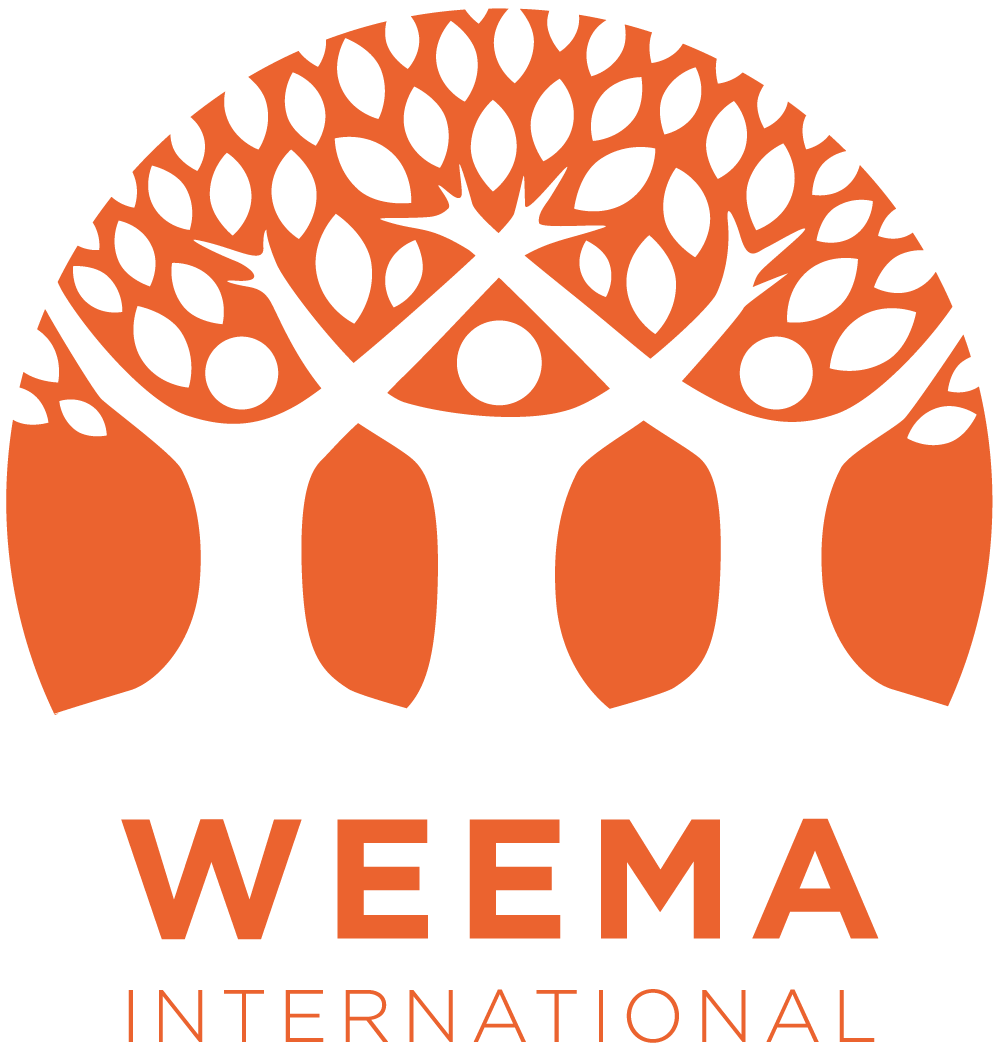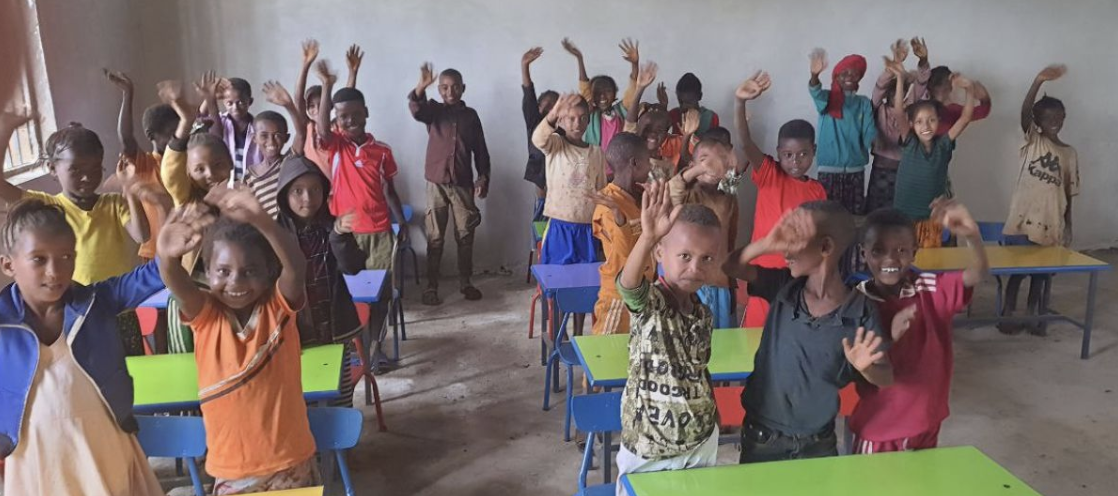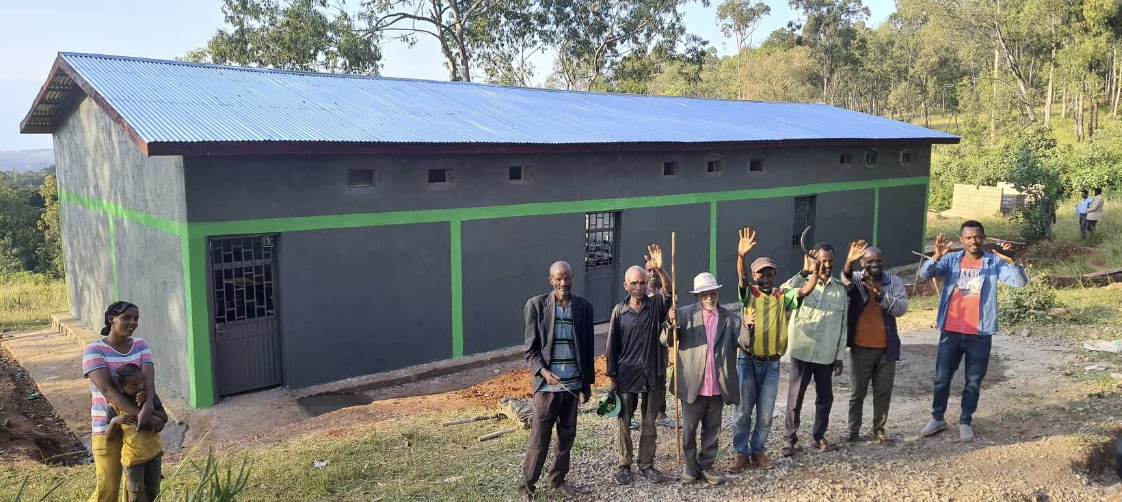Pre-Primary School (Preschool) Access
THE ISSUE
In rural parts of Ethiopia, access to early childhood education can be quite limited due to a lack of infrastructure, resources, and trained educators. As a result, thousands of young children are missing out on critical early child learning opportunities. Studies show that preschool is essential for cognitive, social-emotional and physical development for 4- to 6-year-olds.
Note: The Ethiopian education system preschools are called “kindergartens” and are divided into three levels-KG1, KG2, and KG3,- each representing a one year of school for 4-year olds, 5-year olds, and 6 year olds respectively.
WEEMA’S COMMUNITY LED INTERVENTION
WEEMA, in partnership with local education departments, primary schools and communities, has been working to close this gap. We are especially focused on building and expanding pre-primary school classrooms, providing appropriate educational materials, and training teachers on early childhood education.
PRE-PRIMARY SCHOOL ACCESS LOG FRAME
(What is a log frame? A logical framework, often referred to as a log frame, is a planning tool used in international development to design, implement, monitor, and evaluate projects. It establishes a coherent structure to identify and express the project's goals, objectives, activities, inputs, outputs, outcomes, and impacts, while also defining the indicators for measuring success and identifying potential risks and assumptions. This framework fosters accountability and ensures that projects are effectively addressing identified needs and expected results.)
PRE-PRIMARY SCHOOL DATA DASHBOARD
SUCCESS STORY- FARSUMA PREPRIMARY SCHOOL
The power of women uniting for their children is universal and unstoppable!
Eight women from the village of Farsuma mobilized their community to build a kindergarten for their youngest children. The nearest school for these youngsters was much too far away for them to walk safely. These women are members of their local women’s self-help group and learned that other women’s groups were building schools in their communities.
The community had just completed building their small school. Eighty children were enrolled and attended with the support of four volunteer teachers. The community’s dream was to build additional rooms to accommodate even more children.
The first school building was a great first step, and it was clear that the community would outgrow the space in short time. Given the need and incredible motivation of the community and women’s self-help groups, we invested in the community’s vision of building a larger pre-primary school in collaboration with local government and other community stakeholders. We provided industrial construction materials and technical work, the community contributed labor and local construction materials, including wood and stones, and the local government provided land for the new building site. This collaborative effort is at the heart of all of our work; even our staff helped with the build!
The building is complete, and the children and the whole community LOVE their new school! This story exemplifies the incredible power of women's voices. The women of Farsuma mobilized and transformed their community and their children's future for the better.





